How to Maintain Solar Power Systems
Explore the importance of maintaining solar power systems to ensure efficiency, longevity, and reliability. This article provides detailed guidance on the various aspects of solar system maintenance. By keeping up with regular inspections and preventive measures, the functionality of solar panels can be maximized. Invest in proper maintenance to harness sustainable energy for many years. With strategic upkeep, solar power systems become a cost-effective and environmentally friendly energy solution.
Understanding Your Solar Power System
Identifying Key Components
A solar power system consists of several crucial components that work together seamlessly to convert sunlight into electricity. The solar panels themselves are the most recognizable parts, capturing sunlight and transforming it into direct current (DC) electricity. Inverters then come into play, converting DC to alternating current (AC), which is used to power homes and businesses. Additionally, energy storage systems, such as batteries, store excess energy for use during periods when sunlight is not available. Understanding these components is essential for maintaining and troubleshooting the system effectively.
Familiarizing oneself with the layout and integration of the solar power system components fosters a proactive maintenance approach. By identifying the roles and interconnections of each part, issues can be quickly diagnosed and addressed. Timely interventions prevent minor concerns from escalating into costly repairs. Educating oneself regularly about system advancements and component evolutions is crucial. This understanding underpins effective strategies to maximize system performance and reliability.
Maintaining Solar Panel Functionality
Solar panels typically comprise photovoltaic cells that absorb sunlight and initiate the electricity generation process. The efficiency of these panels can be impacted by factors such as panel orientation, dirt accumulation, and shading. Regularly inspecting for any physical damage or misalignment ensures the panels are functioning optimally. According to Earth.org, a solar power plant has a lifespan of over 40 years, which means that proper installation and upkeep can provide decades of clean energy production. It is advisable to install panels in locations free from obstructions that may lead to shading. An unshaded and properly maintained solar panel can significantly enhance overall energy yield, making the investment even more worthwhile over the long term.
Contrary to popular belief, solar panels produce electricity even on cloudy days. However, their efficiency may be slightly lower compared to clear days. Updating the system with high-efficiency panels can compensate for variances in sunlight conditions. Utilizing panels with advanced technology can optimize electricity generation. Investing in efficient panels is a step towards achieving long-term energy goals.
Adopting best practices, such as positioning panels at the correct tilt and angle, is essential for maximizing solar power system performance. Experts recommend seasonal adjustments to panel positioning to optimize sunlight capture. Proper maintenance, including regular cleaning and inspection, promotes the panel's longevity and efficiency.
Optimizing Energy Storage Systems
Energy storage systems, comprising batteries, are integral for storing and utilizing electricity during non-sunlight hours. Properly maintained batteries offer better reliability and extended lifespan, enhancing the overall system's efficiency. Monitoring the charge-discharge cycles and preventing complete discharges prolongs battery health. Implementing smart balancing systems facilitates optimal battery management. Regularly inspecting connections and keeping the battery enclosure clean prevents fire hazards.
A strategy for seasonal capacity adjustments in storage systems is essential for optimizing energy usage. During the summer months, storage might need expansion due to higher sunlight exposure and excess energy generation. Conversely, in winter, maximizing battery usage efficiency becomes crucial. By aligning storage capacities with seasonal energy demands, a solar system can achieve optimal performance. This approach aids in reaping greater returns from solar investments over an extended period.
Utilizing Performance Monitoring Tools
Performance monitoring tools provide invaluable insights into how effectively a solar power system is operating. Through these tools, property owners can track energy production levels, identify failures, and analyze usage patterns to optimize energy consumption. Advanced software can send alerts regarding system inefficiencies or component failures for immediate attention. Regular monitoring enables timely adjustments, enhancing operational efficiency and promoting longevity. Thorough monitoring ensures each component is operating within optimal parameters, securing maximal energy yields.
Conducting Routine Inspection and Cleaning
Creating a Visual Inspection Checklist
Conducting periodic visual inspections of the solar power system is an indispensable part of its maintenance schedule. A checklist strategy ensures all critical areas receive due attention, thereby preventing overlooked issues. Inspections should include solar panels, inverters, mounting systems, and wiring connections. Annotating each observation helps track changes and progress in system health over time. Consistent visual inspections mitigate the risk of minor problems escalating into costly repairs.
Engaging professional services for an in-depth check periodically enhances the visual inspection process. Experts can identify subtle signs of deteriorating performance that may not be immediately visible to the untrained eye. Professional evaluations produce comprehensive diagnostic reports that inform stakeholders about needed interventions. By combining professional insights with regular visual checks, potential issues can be preemptively addressed. This integrated approach optimizes the system’s performance consistency and reliability.
Identifying and Removing Dirt and Debris
Accumulation of dirt and debris on solar panels can severely hinder energy absorption and efficiency. Panels are best cleaned regularly to avoid the obstruction of sunlight contact with the photovoltaic cells. Holistic property environment checks help identify sources of dirt, such as nearby trees, dusty roads, or construction sites. Identifying these sources allows for more preventive approaches, minimizing the frequency of cleaning. Managing the cleanliness of panels is crucial for maintaining a consistent energy output.
Easy visualization of dirt or debris from ground level might not always be possible, especially for roof-mounted systems. Employing drones or professional services to check for particulate build-up on high-angle systems ensures comprehensive monitoring. Advanced imaging technology can also diagnose obstructive substances more effectively. Immediate removal of noted impediments ensures the panels remain clear for maximum efficiency. Maintaining light-permeable surfaces extends the time until the next cleaning cycle is required.
Determining the Frequency of Maintenance
Establishing a maintenance frequency is crucial for preserving efficiency and longevity in solar power systems. A general guideline is to conduct basic inspections biannually, with one comprehensive evaluation yearly. However, these timelines should be flexible based on location-specific influences such as climate and environmental pollutants. Implementing a seasonal maintenance program ensures readiness for varying production rhythms across the year. Regular upkeep translates to consistently high performance and reduced risk of unforeseen failures.
Maintenance frequency should remain adaptable, accommodating any changes in the operational environment or technology. Implementing robust logging systems to track repair and maintenance history aids in refining these schedules. A practical evaluation of historical data enhances decision-making about frequency adjustments. Even minor modifications in maintenance timelines can have significant effects on system longevity and performance.
Monitoring System Performance
Setting Up and Managing Monitoring Software
Efficient solar power system management requires accurate monitoring using well-configured software tools. These tools accommodate continuous performance tracking, aiding in the swift identification and rectification of issues. Establishing monitoring begins with selecting reliable software tailored to the system's specific needs. System compatibility should be verified for seamless integration of hardware and software components. An efficient monitoring infrastructure forms the backbone of a fortified maintenance routine.
Maintaining your solar power system is not just about protecting your investment—it’s about ensuring decades of reliable, efficient, and sustainable energy production. From understanding the system’s core components to implementing regular inspections, cleaning routines, and performance monitoring, each step plays a vital role in maximizing output. Ready to secure the long-term performance of your solar power system? Contact Northwind Solar today to schedule your professional maintenance service and keep your clean energy running at its best.


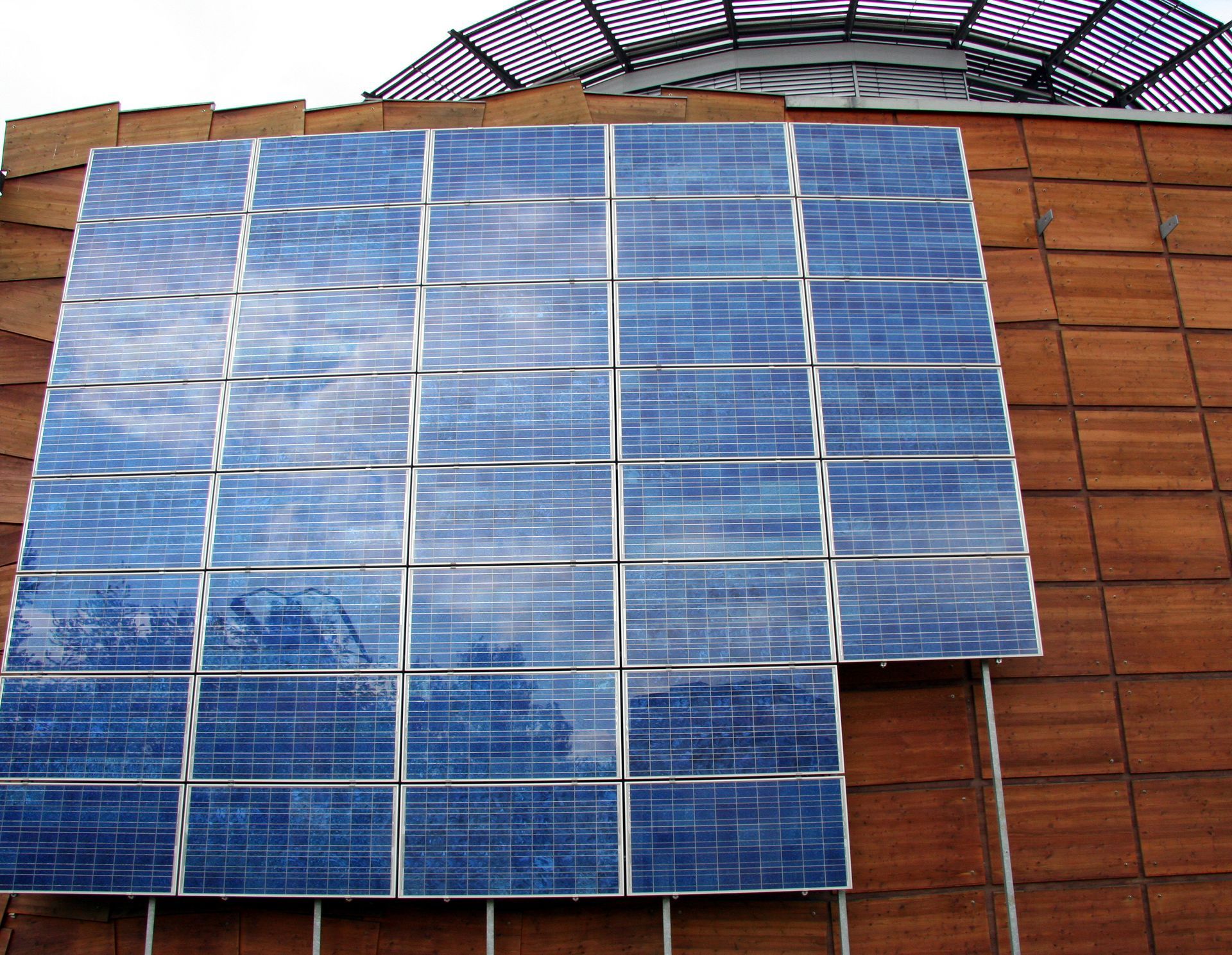
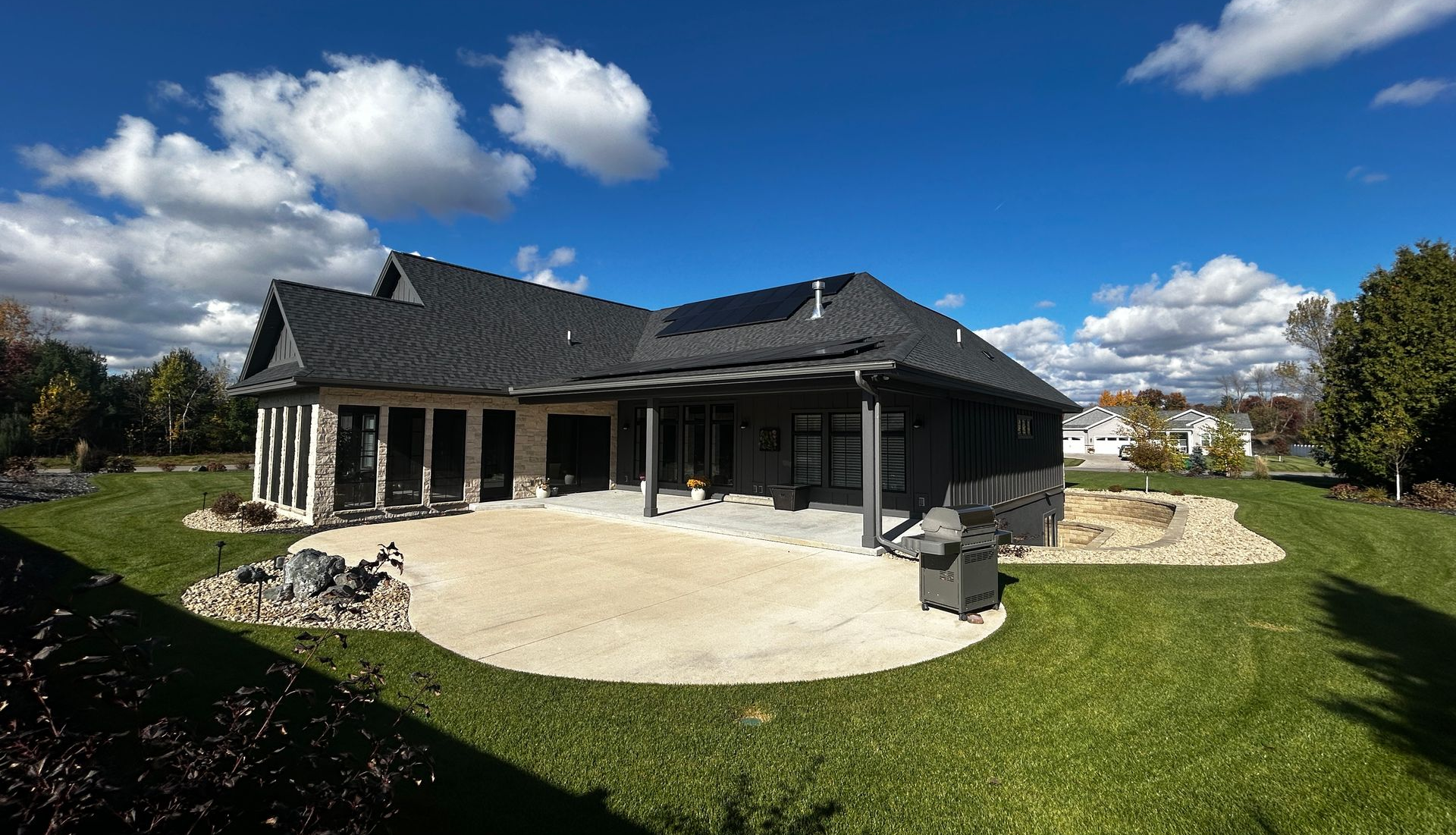
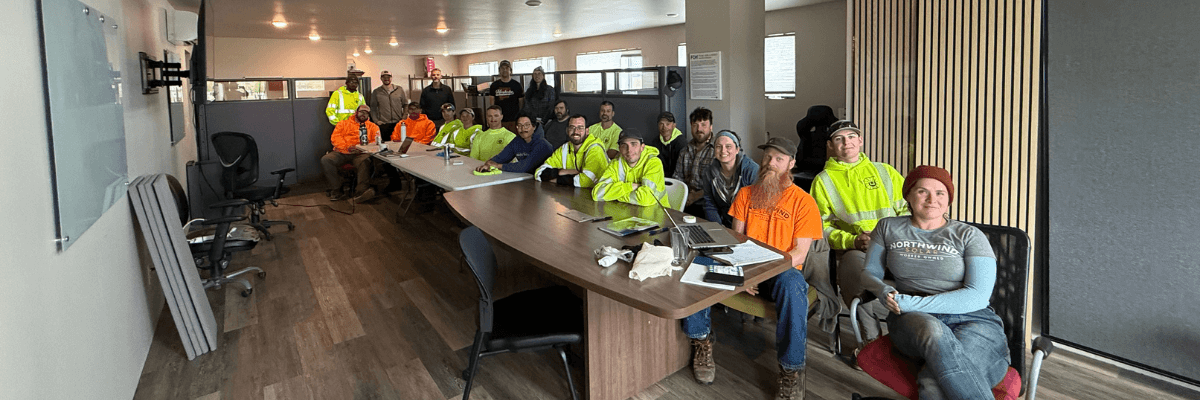




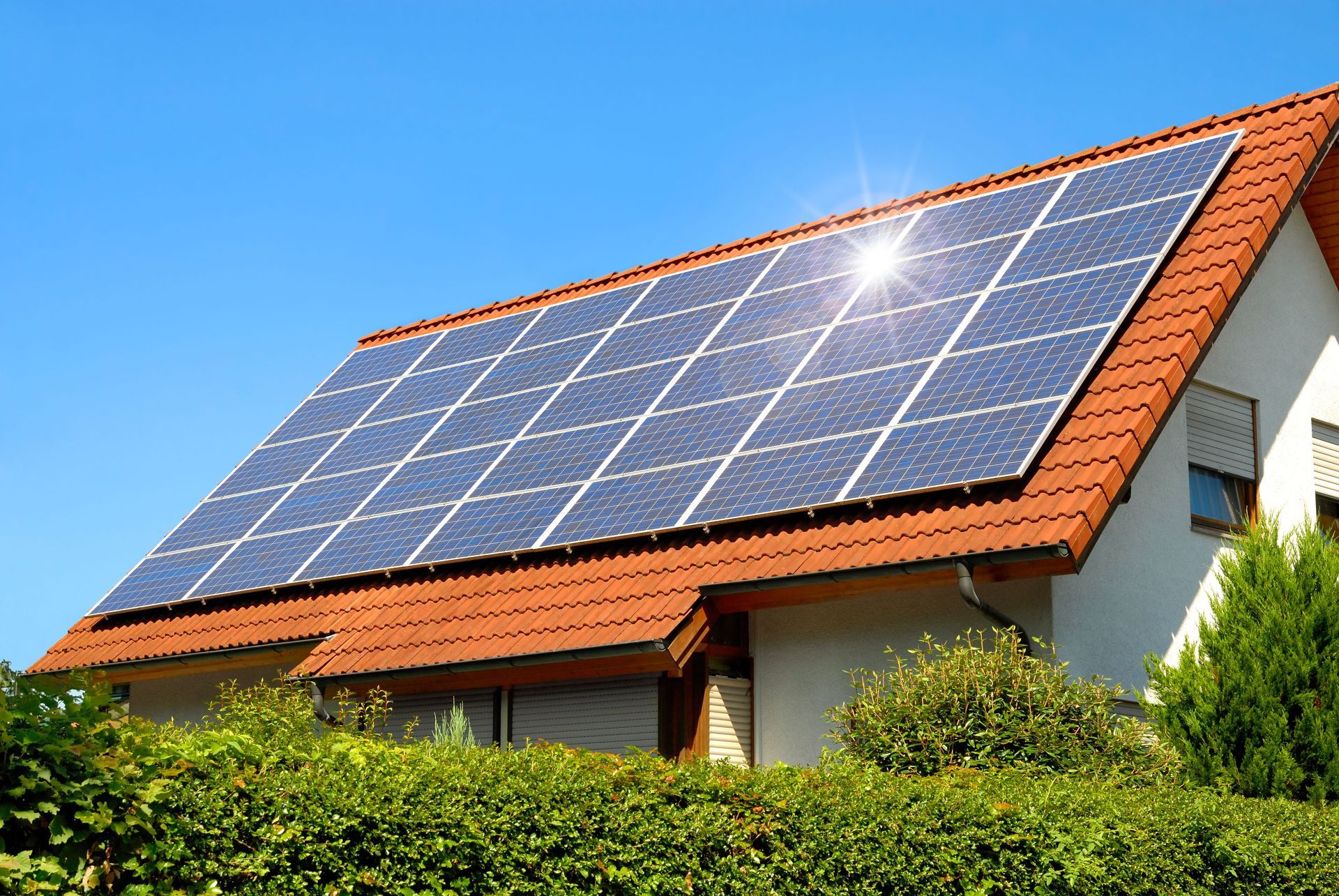


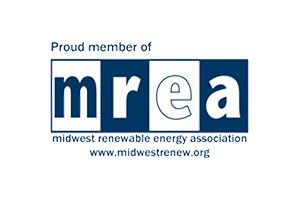


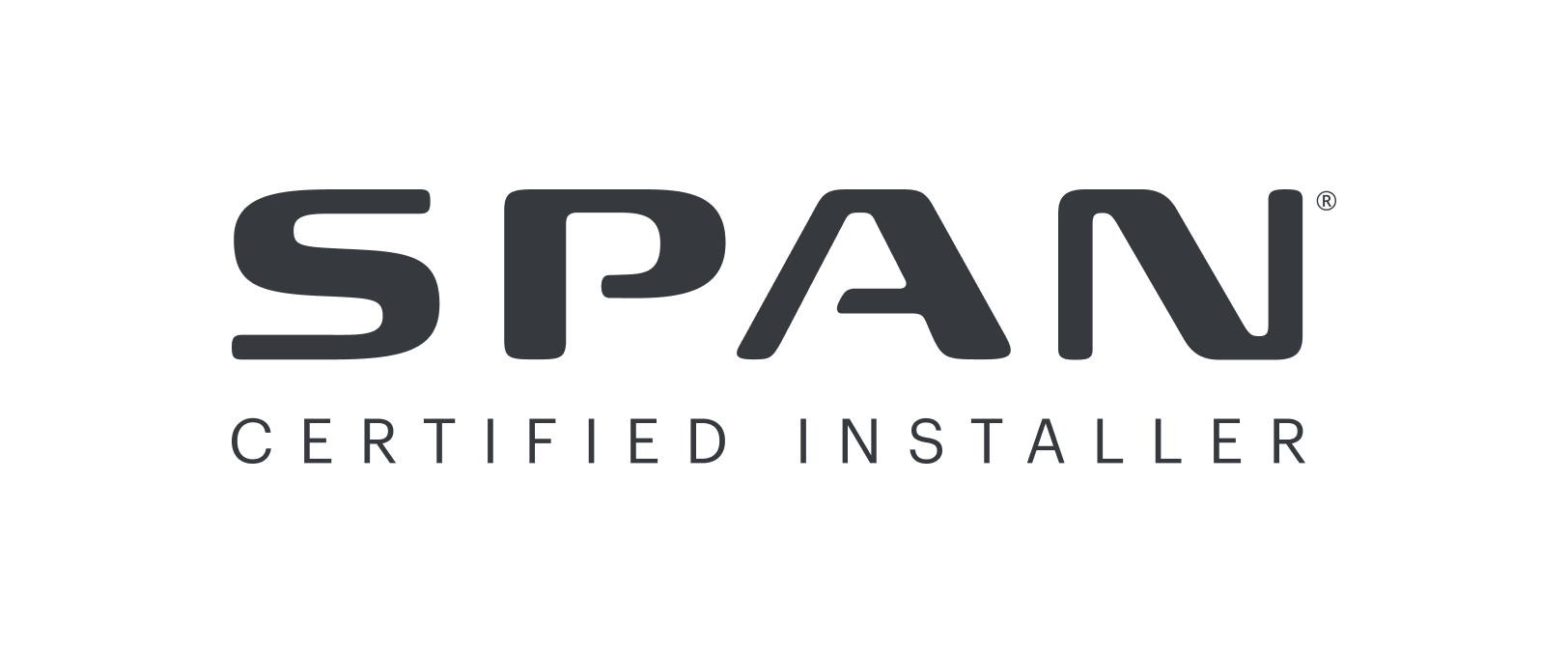
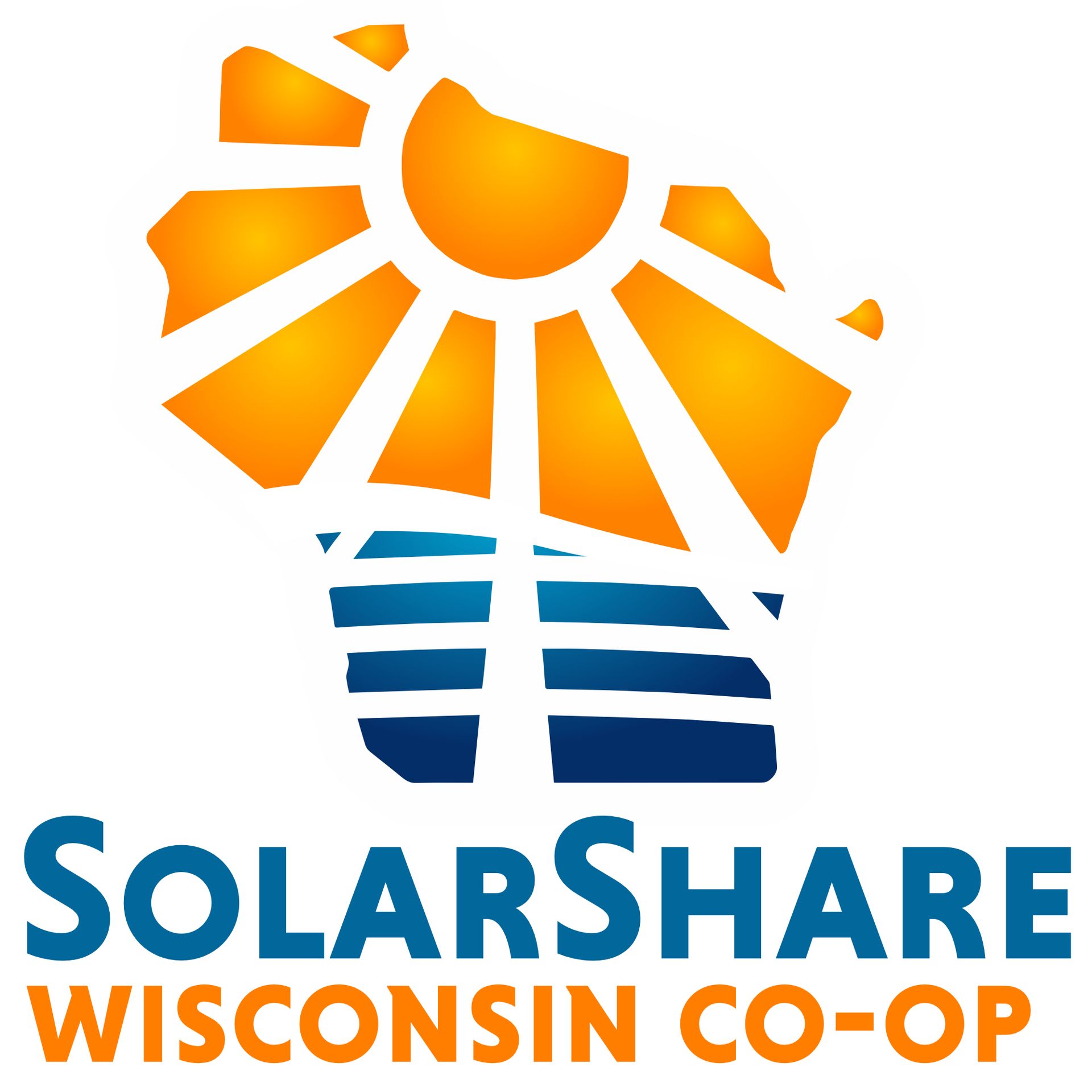
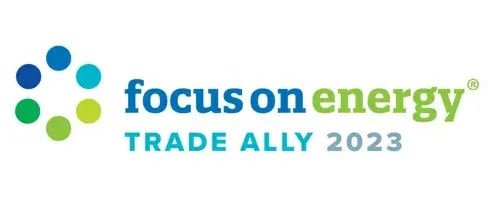

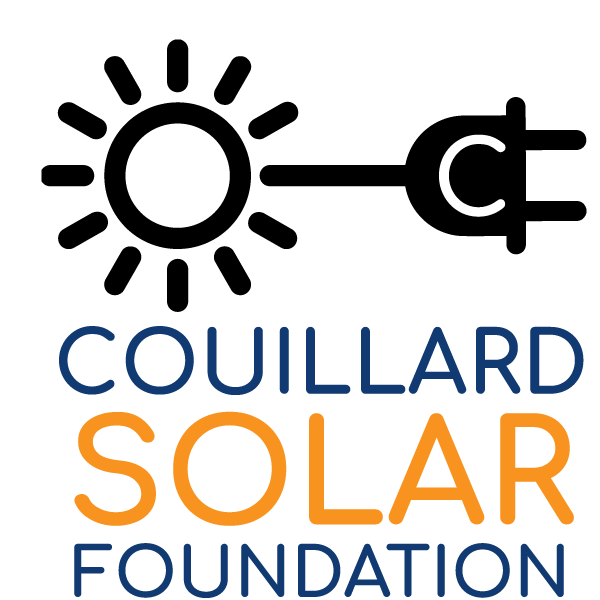



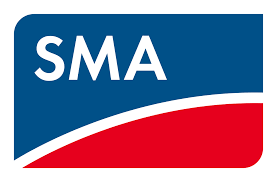
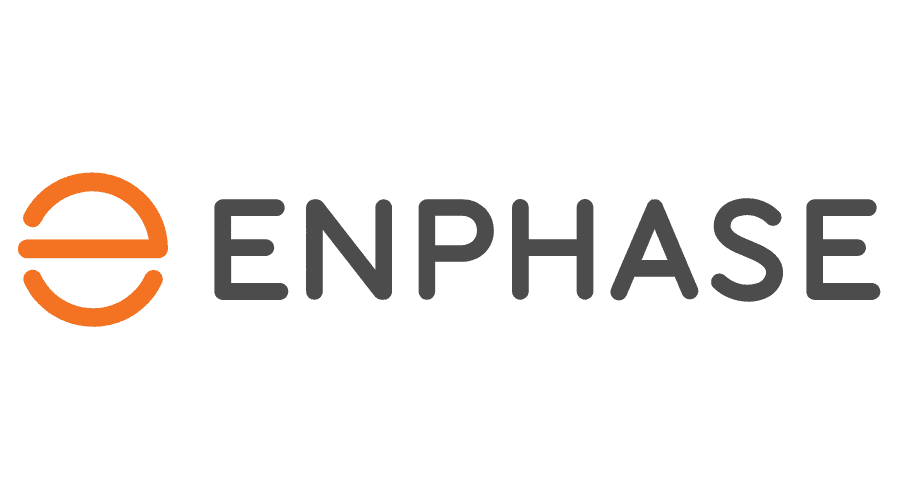
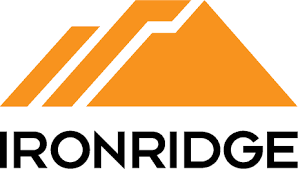





Share On: